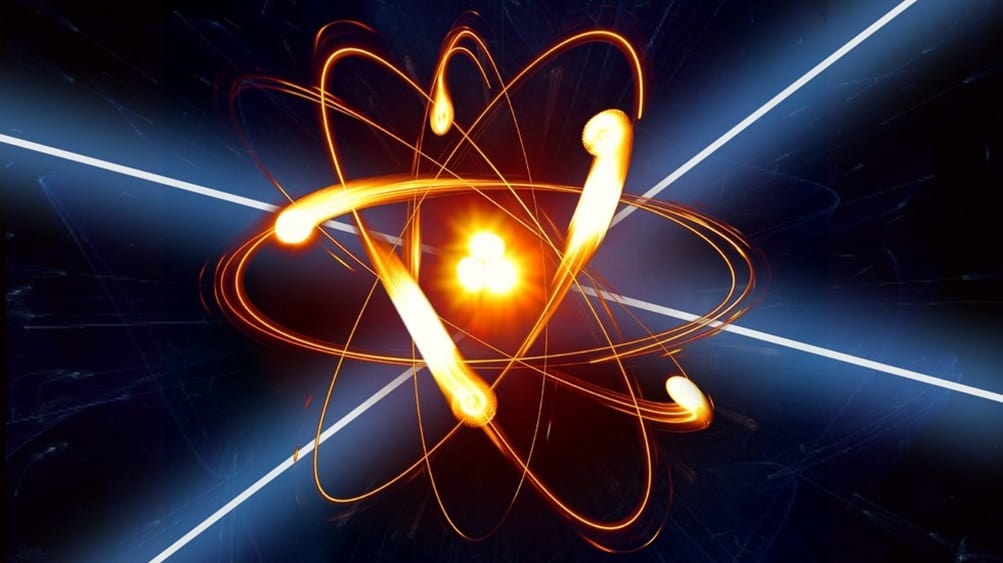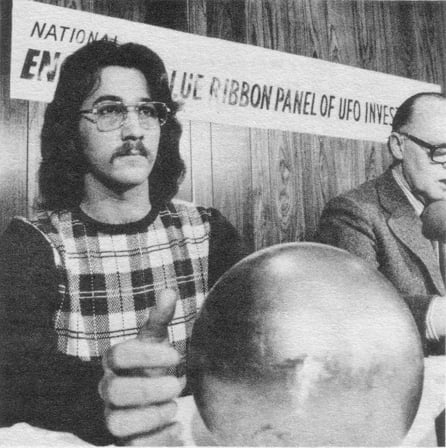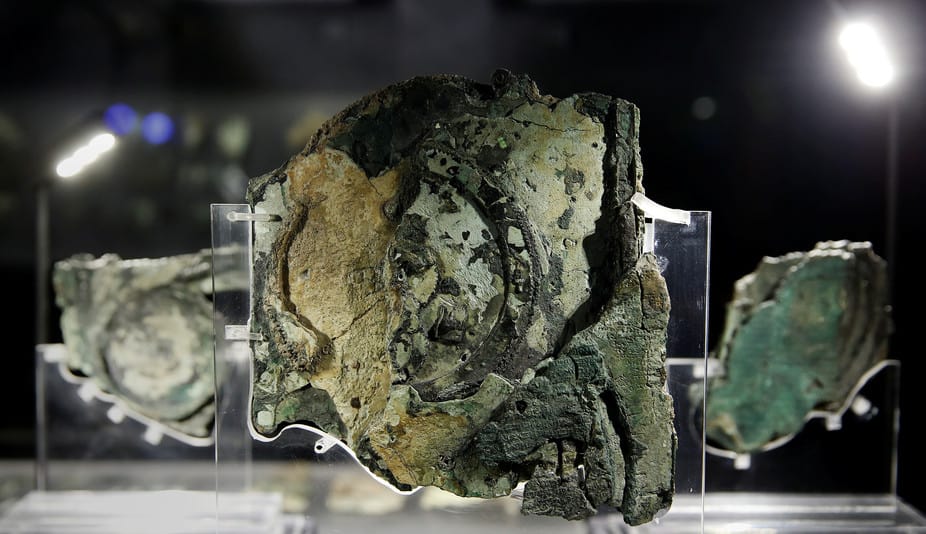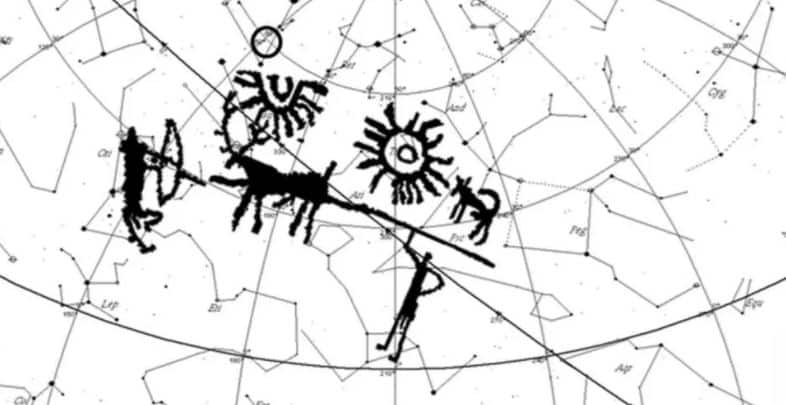
Nearly 6,000 years ago, ancient people witnessed a supernova and carved what they saw on stone.
Have you ever thought about what would happen if ancient mankind spotted a very bright object in the night sky around 6,000 years ago? They’d probably think of it as an extreme, even perhaps a divine sign, and make sure to record what they had seen through their favorite, and perhaps only artistic medium: a stone.
Now, researchers say that that’s exactly what they have found in the Himalayan mountains.
According to archaeologists, an enigmatic stone found the Himalayan territory of Kashmir may represent the oldest depiction ever found on Earth of a supernova.

According to scientists, the Supernova was visible with extreme brightenss—just like the moon—around 3,600 BC.
They believe that ancient mankind witnessed the event, and decided to depict what they had seen on a stone.
The site where the stone is located is believed to date back to 2100 B.C.
The ancient scene depicted thousands of years ago shows two bright objects in the sky, with figures of animals and humans beneath them.
Astrophysicist Mayank Vahia studied the stone and went on to discard several options. For example, he believes that the image does not show two suns or the sun and the moon at the same time. Eventually, he reached the conclusion that ancient mankind must have depicted a supernova, one that exploded relatively close to our solar system, and that could have been as bright as the moon in 3,600 BC.
However, Vahia needed evidence that a supernova was actually visible on Earth between 4100 B.C. and 2100 B.C.
Luckily, Vahia scoured astronomical records of ancient supernovae for one which may match the one depicted by ancient man thousands of years ago and found one.
Supernova HB9 is believed to have been visible on Earth around 3,600 B.C. with a brightness that can be compared to that of the moon.
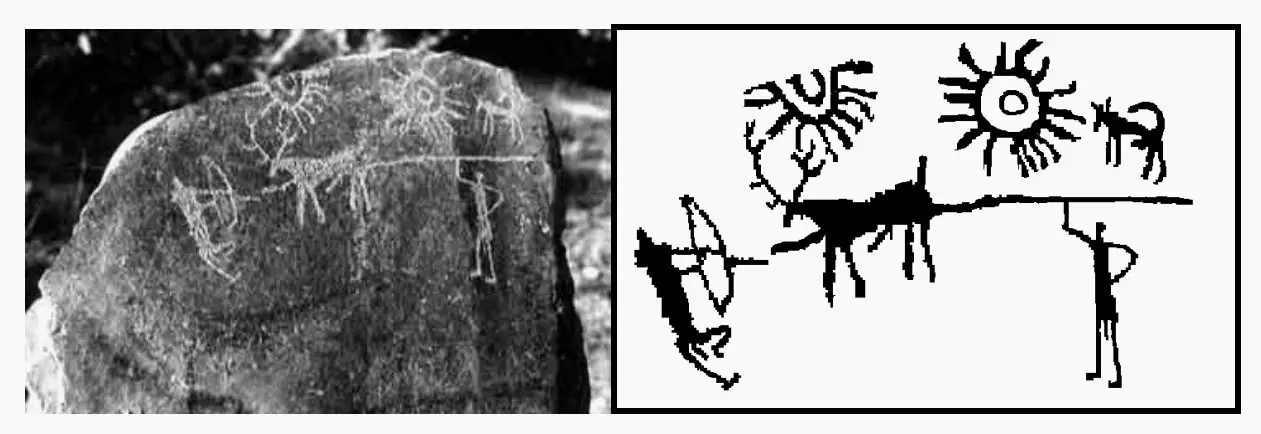
“We suggest that this is not a terrestrial hunting scene but is actually a sky-map giving the location of prominent constellations and the moon on the day the supernova was first observed,’ write the researchers, who superimposed a sky map of the HB9’s region on the ancient drawing and found notable astronomical clues. The image of one of the hunters coincides with the Orion; the central stag is same as the Taurus.”
“The hunter on the right may have been formed from stars of Cetus and other animals on the right may be Andromeda and Pegasus. The long, curved line in the carving, traditionally interpreted as a spear, may well be an arc of bright stars.”

